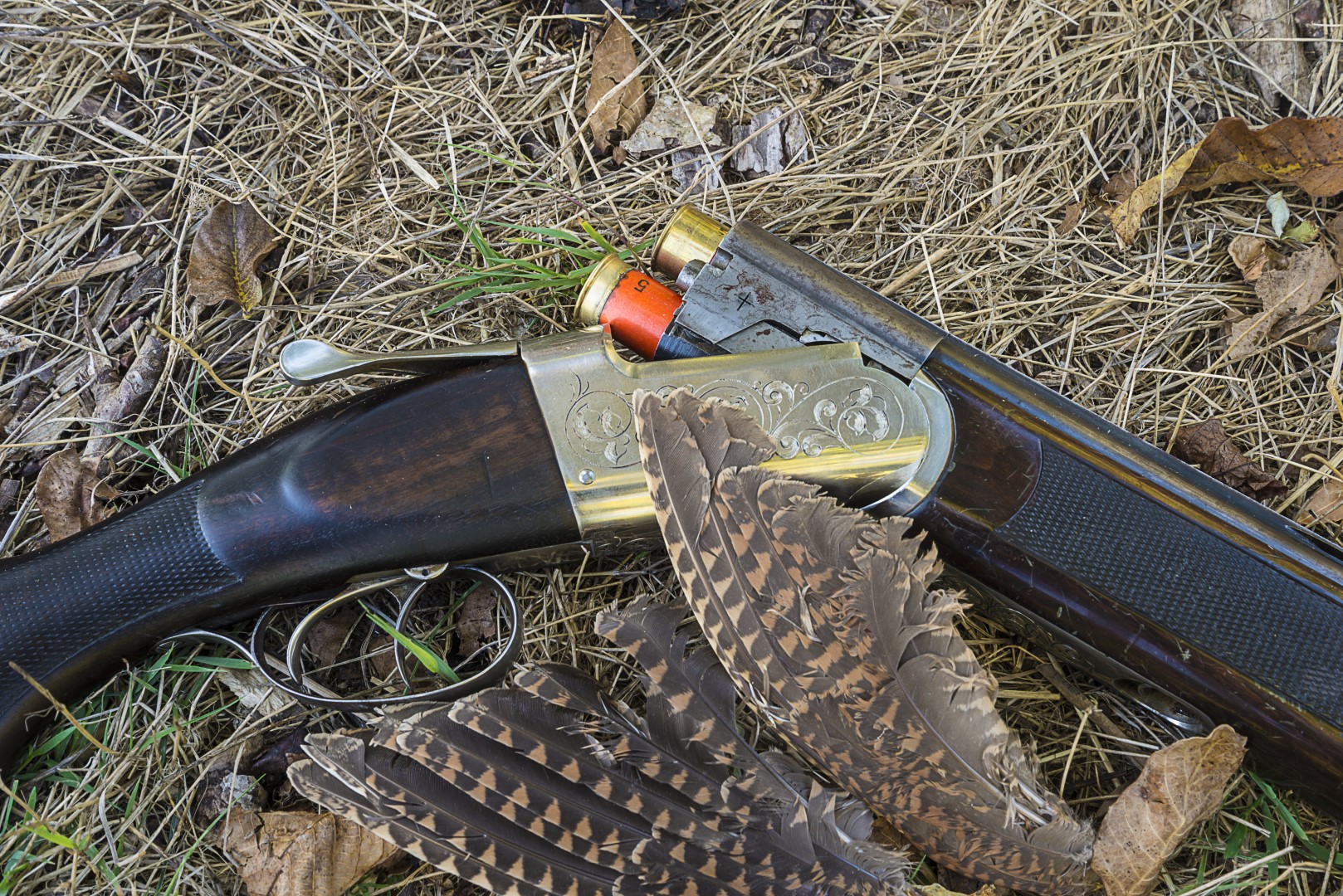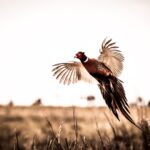Welcome to the dual sport mecca
An Authentic, Unparalleled Experience of Land & Game
UPLAND BIRD HUNTING
An Authentic, Unparalleled Experience of Land & Game
Thousands of acres of wheat fields, grasslands and coulees will great you in the Bighorn Valley.
This is prime Montana upland bird hunting territory is designed for:
- Ringneck Pheasant hunting
- Hungarian Partridge hunting
- And Sharptail Grouse hunting
- Waterfowl
Book your stay at Cottonwood Camp now.
Call (406) 426-4530 now.

Days Spent with Hunting’s Finest
The upland bird hunting at Cottonwood Camp is made all that much better by who you share it with. Our passion for hunting is felt from the moment you step foot on our hallowed grounds.
Our devotion and unparalleled knowledge of the land and game you pursue will create a memorable and rewarding Bighorn bird hunting experience.
Montana Upland Game Bird Information
RINGNECK PHEASANT
RINGNECK PHEASANT
In the realm of pheasant hunting, The Ringneck Pheasant is perhaps the most common and well-known game bird in the world.
With an estimated 50 million pheasants existing around the world, pheasant hunting is very popular, and Bighorn pheasant hunting is some of the best around.
Ringneck Pheasants cover the most diverse habitat of all pheasant species and can be found in over 30 of the lower 48 states.
Like most birds and other animals, it lives a predictable life and follows a normal routine throughout the day.
The Ringneck Pheasant prefers to roost in areas free of overhead cover so it can quickly escape if a predator approaches it.
The most suitable roost areas for pheasant hunting include:
- Stubble fields
- Moist grassy swales
- Other spots with thick, low cover


SHARP-TAIL GROUSE
Sharp-tails are well known for being an elusive bird that will flush at very long distances.
They are found in Conservation Reserve Program (CRP) fields, in edge cover along creek beds and in woody thickets, which Bighorn has in abundance.
In many areas, pheasant and sharp-tail habitats overlap, making bird identification difficult.
For experienced Bighorn bird hunting individuals, a sharp-tail can be distinguished from a hen pheasant by the prominent "chuck-chuk-chuk" sound emitted by a flushing grouse.
It is primarily a plant eater with some insect consumption in the fall including grasshoppers, crickets and beetles.
HUNGARIAN PARTRIDGE
Also called the Hun or gray partridge, Hungarian Partridges are native to the bush plains of central Europe and western Asia.
It has been extensively relocated to many areas of North America, like Montana, after its initial introduction to the eastern seaboard states sometime in the 1870's.
During the years 1922 to 1926 the Montana Fish and Game Commission purchased 6,000 Huns in Europe and distributed them throughout the state, their presence in Bighorn bird hunting has grown vastly since then.
They may be found in:
- Grasslands
- Cultivated areas
- And open rangeland and in high mountain valleys
They nest on the ground in shallow depressions in the grass or low brush. Adult Huns weigh in at roughly 12 ounces and range from 12" to 14" in length.
Both sexes look very similar, but males have a horseshoe-shaped chestnut patch on the breast.
The primary color is gray in varying shades. Their sides are barred with dark chestnut, and the red-brown tail feathers are conspicuous when the birds are in flight.
Their primary diet consists of:
- Grains
- Seeds
- Leaves
- Berries
In the summer months they also eat large quantities of insects.


CAST & BLAST
A Unique Offering, A Unparalleled Experience
While hunting & fishing in Montana, we offer a variety of packages that include a combination of hunting and fishing, the Cast and Blast is an altogether unique experience.
Getting Started: With the concentration on the waterfowl that is abundant on the Bighorn river, the typical “Cast and Blast” starts by getting out on the river and either “Jump Shooting” ducks and geese or if the birds are really moving then setting up with decoys is another favorite.
The Bighorn river offers plenty of opportunity for several species of waterfowl headed from Canada on their southern migration.
Perfectly positioning the drift boat for jump shooting is key as behind every bend and nook lends itself for some very exciting action.
Mid-Day Fishing: By mid day and the sun is high, the focus changes from shotgun to fly rod. This time of year lends itself to some amazing fishing.
The autumn brown trout are starting to stage up for the late fall spawn and they are eager for a fight.
Late Afternoon Hunt: As the sun starts to wain, the ducks start to return back to the river to roost.
It is at this time to change back to the shotgun again and start the late afternoon hunt.
contact us
We have a team member ready to assist you!












